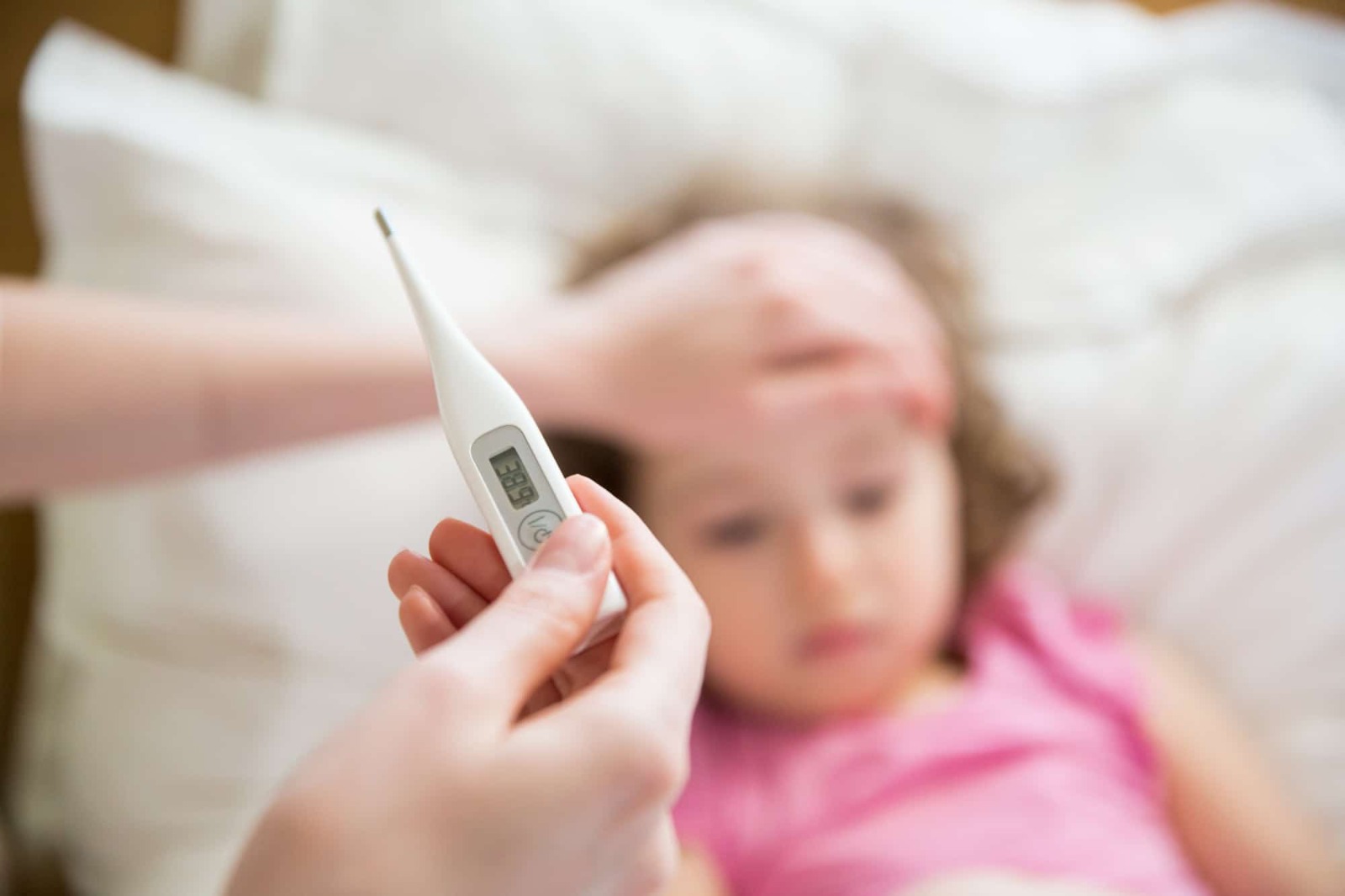As a paediatrician with over four decades of experience, I have seen my fair share of parents rushing in with a child who simply has a fever. Fever, in our little bundles of joy, is often the first sign of an immune system battling an infection. But sometimes, hidden beneath that elevated temperature are clues—signs that, if missed, could mean a more serious underlying issue. Over the years, I’ve learned that alert parents and vigilant doctors must look beyond the fever to understand what the child’s body is trying to tell us.
A Child's Fever Is Usually Just a Phase
Most parents recognize that a mild fever often resolves on its own or clears with basic care. Take the case of little Anya, a 3-year-old who had a low-grade fever lasting a couple of days. Her mother, initially worried but reassured by her pediatrician, kept her hydrated and monitored her. Happily, Anya recovered. But what if that same fever was a sign of something more serious?
When Does Fever Signal a Serious Problem?
In my practice, I have seen children whose seemingly simple fever was masking deeper problems—pneumonia, urinary infections, or even something more critical like appendicitis. The key is recognizing the subtle signs that point to more than just viral illness. For instance, if a child is persistently irritable, not eating or drinking, or if the fever is accompanied by difficulty breathing, a rash, or persistent vomiting, we must probe further.
Listening to the Child’s Story
In one memorable case, a 7-year-old boy named Rohit came in with a high fever that didn’t seem to budge with usual medication. But what set his case apart was his unusual weakness and complaints of stomach pain. Examining him closely, I noticed a faint rash that appeared when I pressed his chest—a sign of possible bacterial infection. Tests confirmed I was dealing with bacterial pneumonia, which required urgent antibiotics. That day, I was reminded how important it is to listen carefully, and not dismiss the small clues.
The Role of Vigilance and Experience
Experience teaches us that a child's non-verbal cues often reveal the severity of their condition. Young children might cry or withdraw when they’re unwell, but sometimes subtle signs like pallor, lethargy, or a rapid heartbeat can be missed if one isn’t paying close attention. That’s why I always ask detailed questions—about their activity levels, skin color, breathing patterns—as part of every exam.
When to Seek Urgent Medical Attention
Parents should seek immediate medical attention if their child shows signs such as difficulty breathing, bluish lips or face, high persistent fever, seizure, or if they are unresponsive. Even if these are not present, but the fever persists beyond three days or worsens, it’s vital to get a thorough assessment.
A Message to Parents: Trust Your Instincts
Every parent’s intuition matters. If your child’s fever is accompanied by any of these hidden signs or if something just doesn’t feel right, don’t hesitate to consult your paediatrician. Early intervention can make all the difference—helping children get the care they need before their condition worsens.
In Closing
Fever in children is often harmless, but it’s also a sign that we must be watchful. Over the years, I have learned that a keen eye for the subtle clues—paired with experience and compassion—can save lives. As parents, trusting your instincts and seeking timely medical care ensures that your child’s health is never taken lightly. Remember, sometimes, beneath the simple fever, lies a story that only careful listening and experienced eyes can truly understand.



Add a Comment